Signature on the base: "F"
One of a kind
H 33 x W 25 x D 14 cm
Very good condition
raku is a ceramic technique developed in Japan starting in the 16th century. Intended initially for the production of bowls (chawan) for the tea ceremony (chanoyu), it has since been employed in the production of many different other objects, both functional or abstract.
The technique requires firing at very high temperatures, followed by rapid cooling, which creates unique marks on the surface, that will be different and unpredictable every time.
These sculptures are inspired by the rocks found in Japanese zen gardens called Karesansui (枯山水)- dry garden.
In the karesansui, rocks resemble mountains, islands or boats. They symbolize strength and endurance. The sand or gravel that surrounds them, mirror the water of a lake or the ocean. They represent fluidity, the passage of time, change and impermanence.
Together, this arrangement reflects harmony, balance and the interconnectedness of various elements of nature.
These gardens are expressions of abstraction and spirituality. They emanate tranquility and are meant to inspire reflection on the transitory experience of life and eventually lead one to a sense of personal transcendence.
"to comprehend the beauty of a Japanese garden, it is necessary to understand the beauty of stones."
Lafcadio Hearn


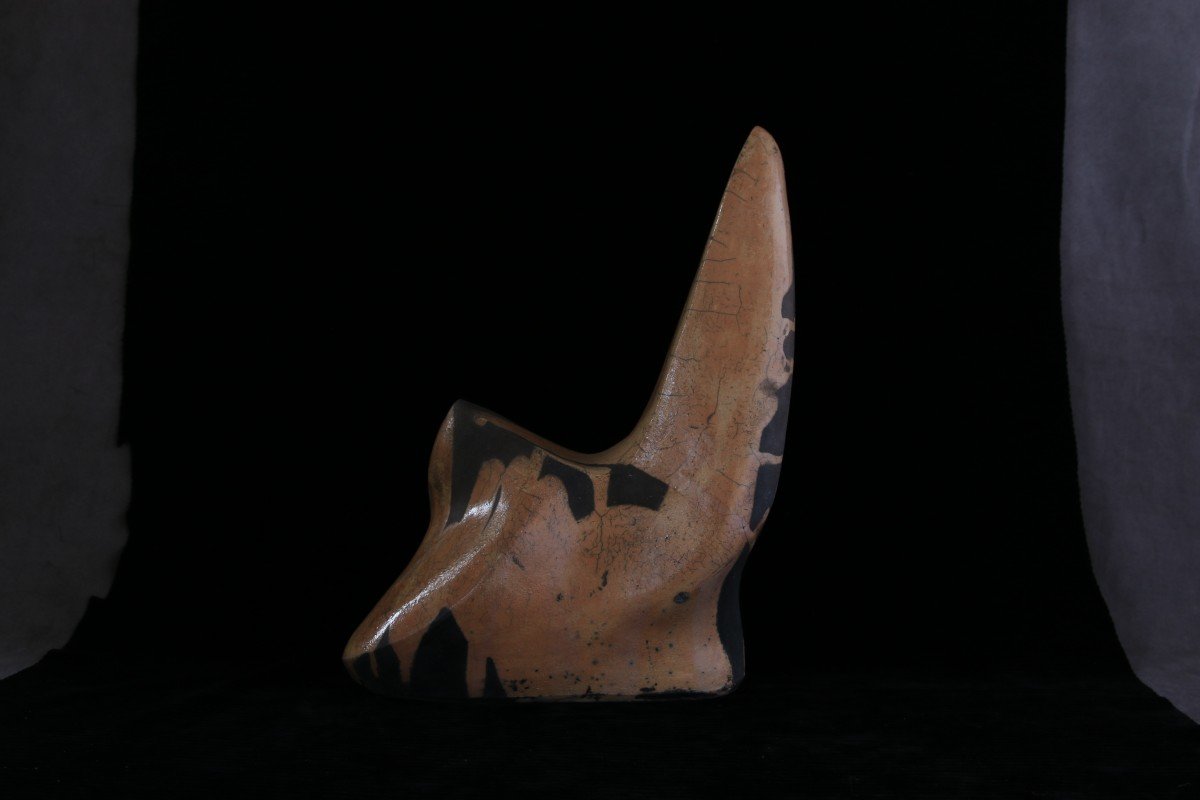




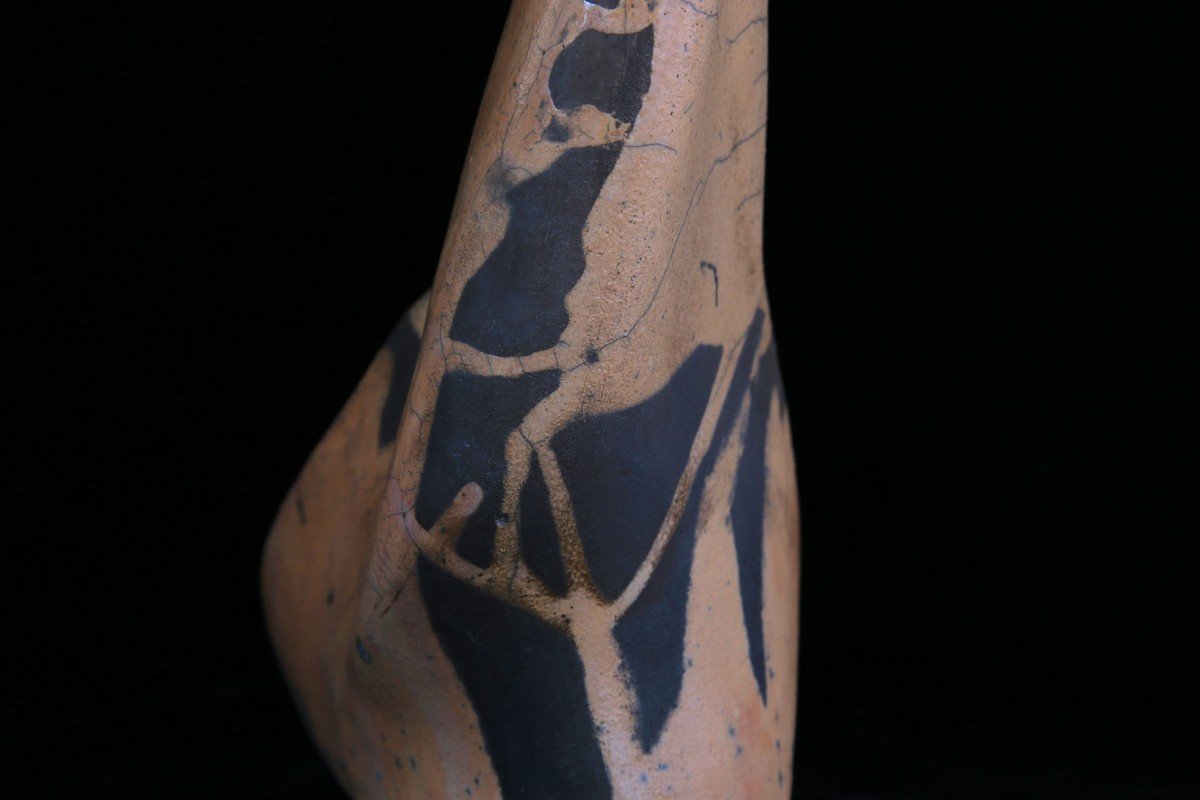
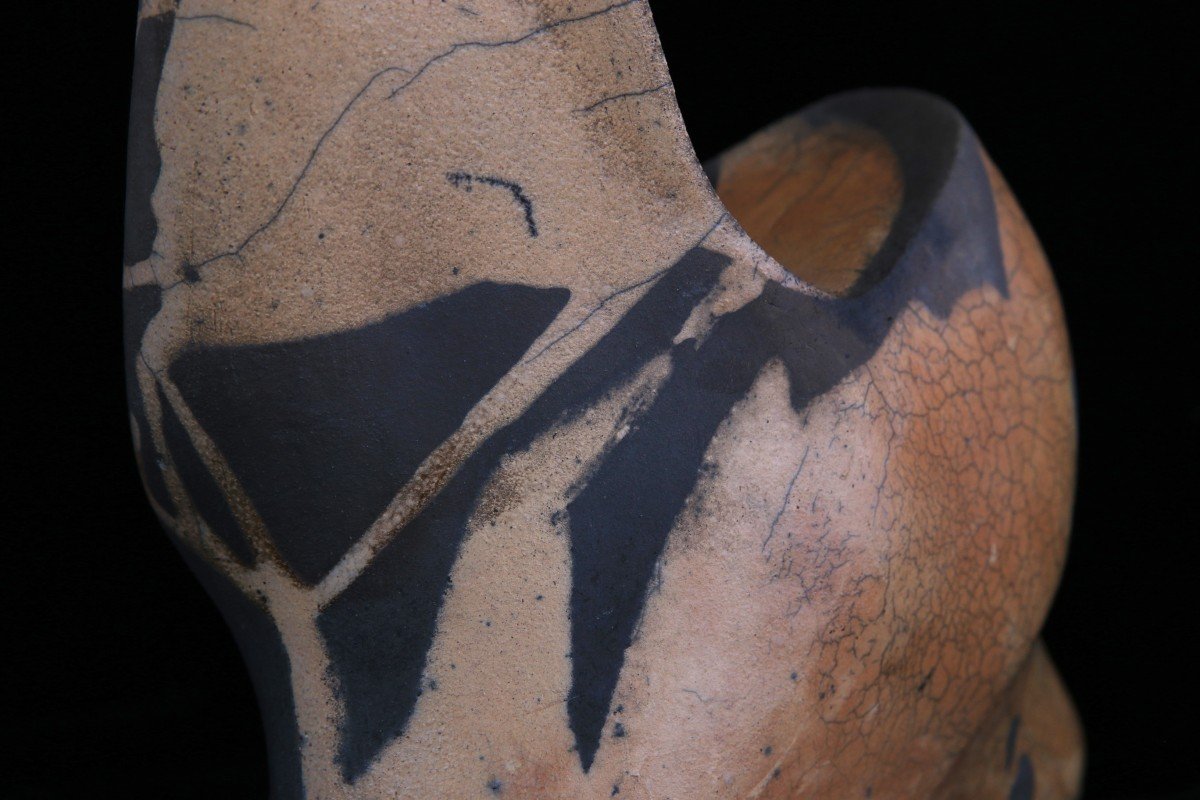
















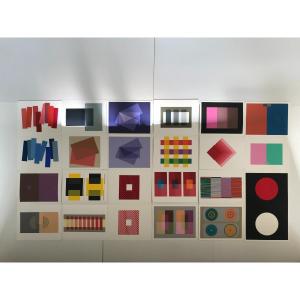










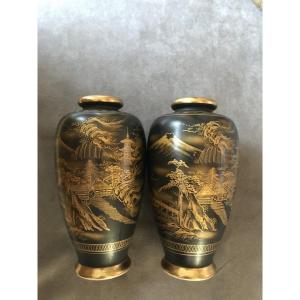
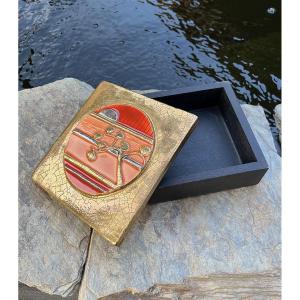







 Le Magazine de PROANTIC
Le Magazine de PROANTIC TRÉSORS Magazine
TRÉSORS Magazine Rivista Artiquariato
Rivista Artiquariato